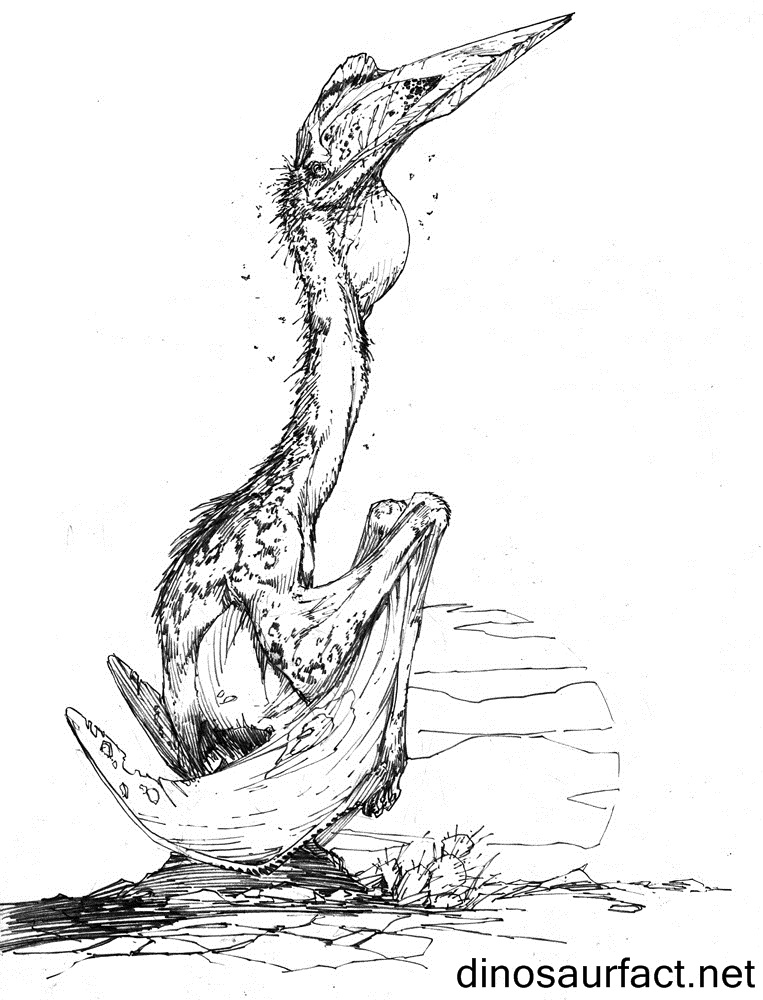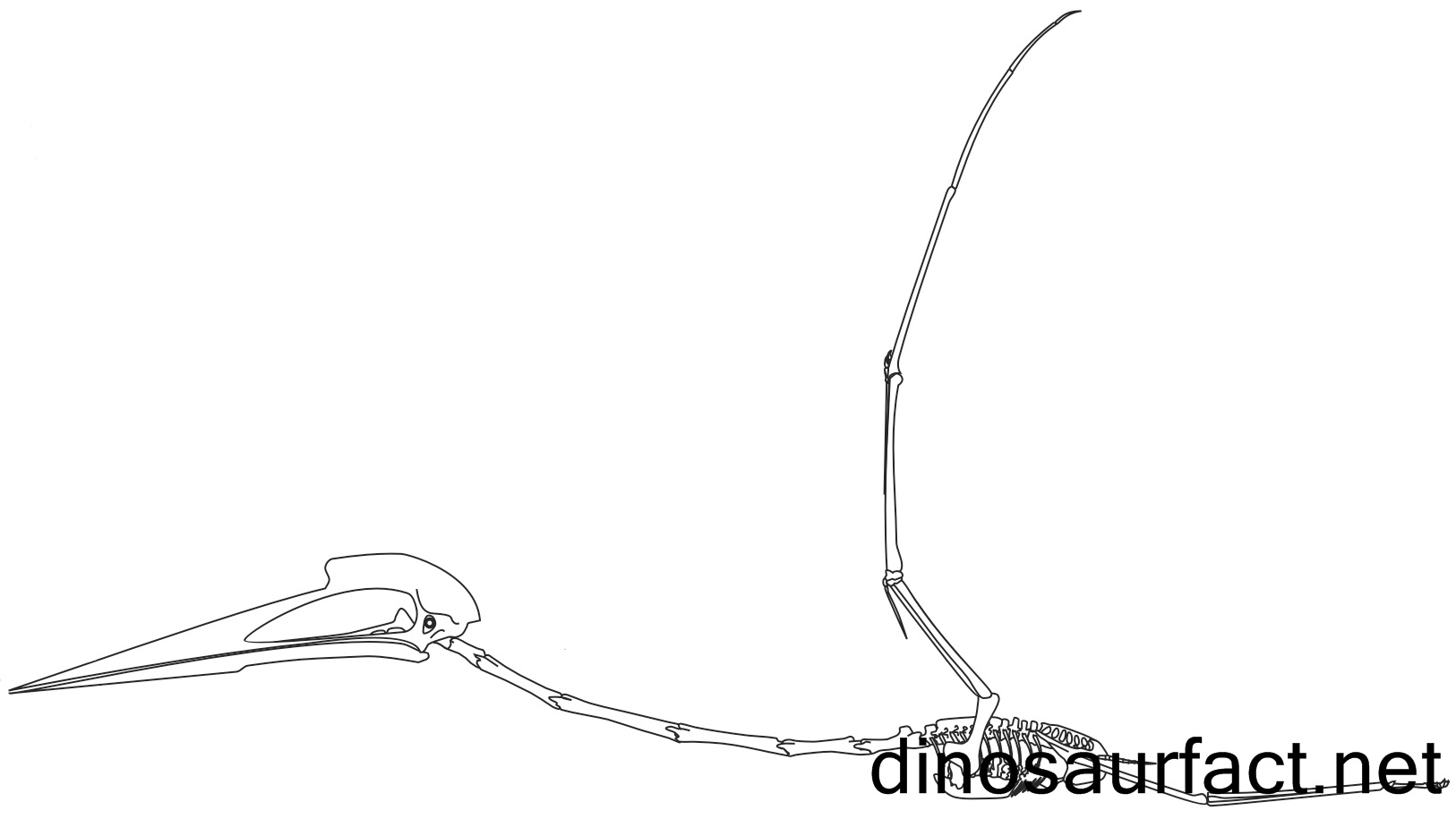 Click to visit the previous Pterosaurs bio
Click to visit the previous Pterosaurs bio
 |
|
 |
|
Kingdom: Animalia
Phylum: Chordata
Order: Pterosauria
Family: Azhdarchidae
Genus: Hatzegopteryx
 |
|
 |
|
 |
|

Hatzegopteryx is a species belonging to the family of azhdarchid pterosaur. The fossils of this creature were found in Transylvania. From the left humerus, skull fragments and other remains of Hatzegopteryx researchers found that it would have been a huge animal with a wingspan of about 40ft (i.e.) twelve meters.
This species received this name in the year 2002 from Romanian Paleontologists Zoltan Csiki and Dan Grigorescu and French Paleontologist Eric Buffetaut. Its biological name is Hatzegopteryx Thambema. The term Hatzeg was used to denote the basin of Transylvania called Hateg Island and the fossils of this species were found from here only. The term pteryx is a Greek word pteryx and the meaning of the term is wing. The term thambema was also derived from a Greek word and the meaning of the term is monster. The name itself refers that it was a huge sized species.
Hatzegopteryx was known to have lived around 65 million years ago, during the late Cretaceous period. The fossils contained the damaged proximal part of a left humerus and the back part of the skull. From the same area, researchers also found a femur of about 38.5cm long and they assumed that it would also have been belonged to Hatzegopteryx.
Generally, the skull of pterosaur would have been made up of lightweight struts and plates, but the skull of Hatzegopteryx was heavy with its robust construction. With the heavy weight of the skull, researchers assumed that it would not have been able to fly. But, the wing bones of this creature have some similarities with that of flying pterosaurs. So, they decided that for the purpose of flying, the weight of the skull of this pterosaur might have been reduced by following some unconventional methods. They also suggested that they would have been able to reduce their weight with the help of internal structure of the bones in the skull, which were full of small hollows and pits up to 10mm long. This was partitioned by a matrix of thin bony struts and they were able to find this feature in some part of the wing bones of Hatzegopteryx as well. They concluded that this would have allowed a stress-resistant construction and this would have remained lightweight, enabling them to fly.
The researchers anticipated the size of Hatzegopteryx by associating the humerus fragment of Hatzegopteryx with that of the humerus fragment of Quetzalcoatlus. The humerus of Hatzegopteryx was 263mm long, while that of Quetzalcoatlus was 544 mm long. With this comparison they estimated that Hatzegopteryx would have been slightly longer that Quetzalcoatlus. They also noted that the wingspan of Hatzegopteryx was about 12 meters, while in the case of Quetzalcoatlus, it was about 20 meters. Finally, they came to a conclusion that the skull length of Hatzegopteryx would have been 2.5 meters, while its wingspan would have been twelve meters.
Hatzegopteryx was classified under the kingdom of Animalia with chordata phylum. It is further classified under the class sauropsida with order pterosauria and suborder pterodactyloidea and it was known to have belonged to the family of Azhdarchidae.
Index
Extinct Profiles
 Triassic Dinosaurs
Triassic Dinosaurs Jurassic Dinosaurs
Jurassic Dinosaurs Cretaceous Dinosaurs
Cretaceous Dinosaurs Pterosaurs
Pterosaurs Marine Reptiles
Marine Reptiles Dinosaur Extinction
Dinosaur Extinction